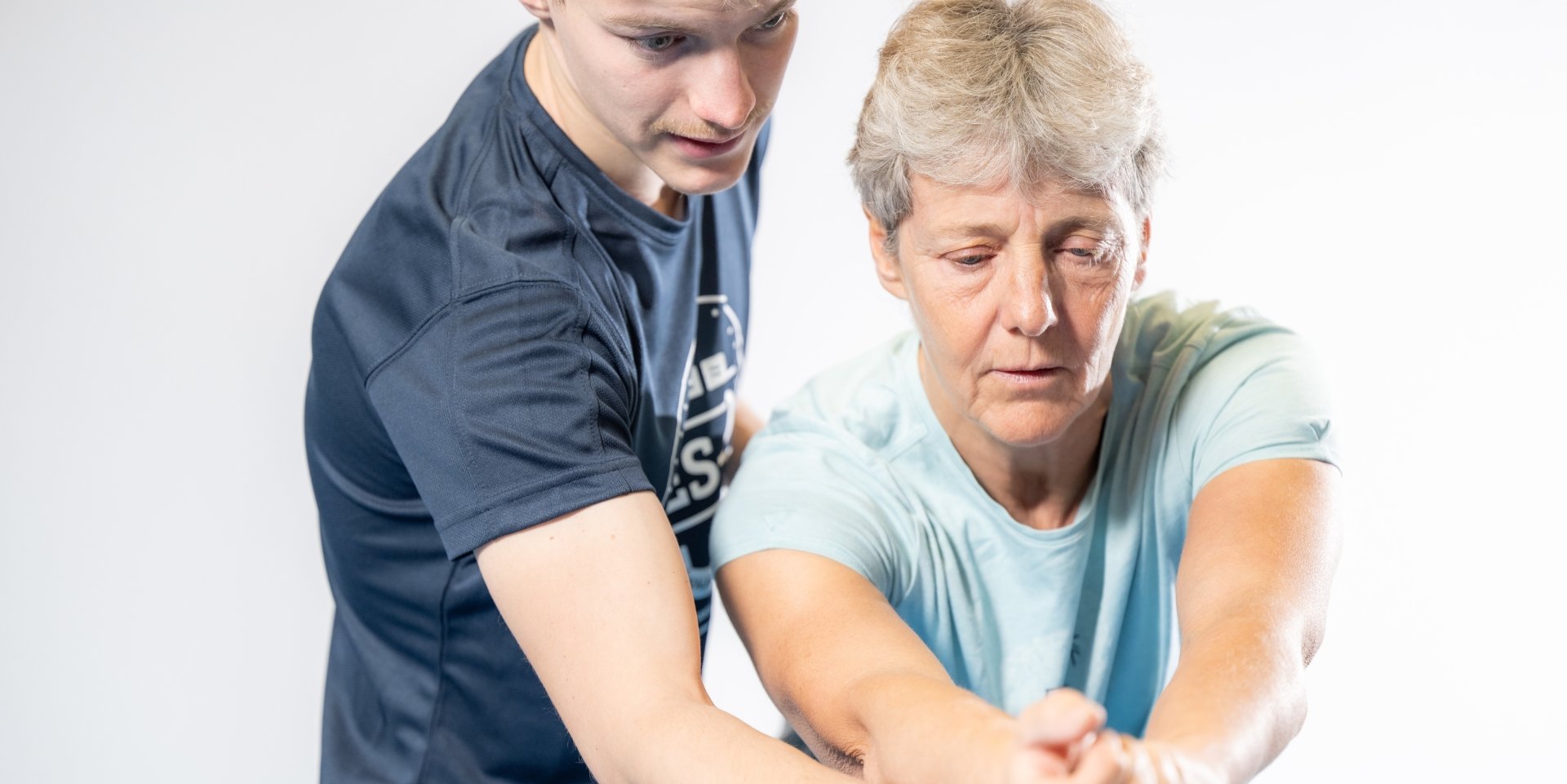COSSAT

Femoroacetabular impingement syndrome (FAIS) is a triad of symptoms, clinical signs and imaging findings of cam or pincer morphologies (Griffin, Dickenson et al. 2016). FAIS is one of the most frequent diagnosis in people searching medical consultation for hip pain (Mack, Vannatta et al. 2019). The prevalence of cam and pincer morphology is different in an asymptomatic population, a symptomatic population or in athletes (Mascarenhas, Rego et al. 2016). In athletes in general, cam morphology can be seen in 66.4 ± 23.5%, pincer morphology is found in 51.2 ± 20.3% and mixed morphologies are present in 57.1 ± 6.1% (Mascarenhas, Rego et al. 2016). But prevalence varies across different sports. FAI is on the first place of the top five surgical causes of athletic groin pain (32%) (de Sa, Holmich et al. 2016).
In a case-control study on football players neither the prevalence nor the size of bony hip morphology differed between players with and without hip and/or groin pain (Heerey, Agricola et al. 2020). This underlines the need for further research to better understand the role of hip morphology on symptoms.
Repetitive axial loading (i.e., jumping) and weight-bearing sports requiring high flexion in combination with rotational movements seem to favour cam development (Nepple, Vigdorchik et al. 2015, Agricola and Weinans 2016). The risk of a subsequent early development of osteoarthritis of the hip in these sports is increased (Leunig, Beck et al. 2006, Siebenrock, Ferner et al. 2011, van Klij, Heijboer et al. 2019).
We want to understand why some athletes with cam or pincer morphology develop or aggravate hip pain or other symptoms, and others do not.
Therefore, the aim of this self-controlled study is to evaluate if sport intensity/volume, radiological signs and clinical test results are associated with more and longer episodes of pain, or onset/aggravation of other symptoms in athletes with cam or pincer morphology during a period of twelve months.
